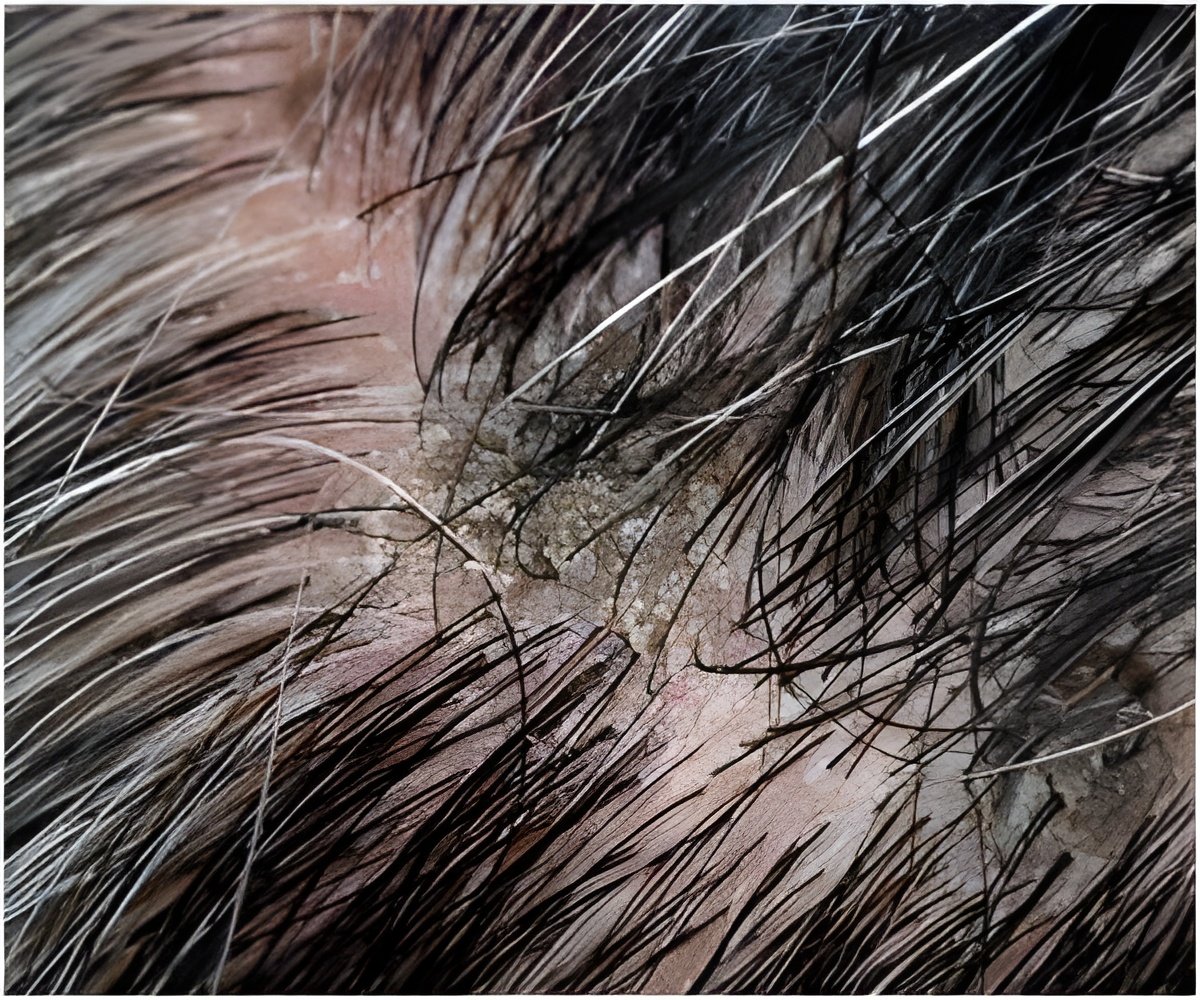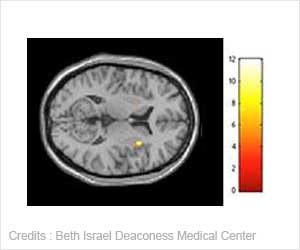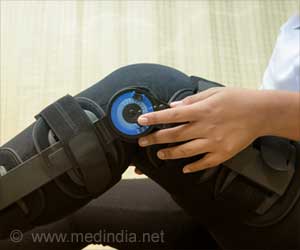People who are going gray develop oxidative stress via the accumulation of hydrogen peroxide in the hair follicle which causes the hair to bleach itself.

To achieve this breakthrough, Schallreuter and colleagues analyzed an international group of 2,411 patients with vitiligo. Of that group, 57 or 2.4 percent were diagnosed with strictly segmental vitiligo (SSV), and 76 or 3.2 percent were diagnosed with mixed vitiligo, which is SSV plus non-segmental vitiligo (NSV). They found that for the first time, patients who have SSV within a certain nerval distribution involving skin and eyelashes show the same oxidative stress as observed in the much more frequent general NSV, which is associated with decreased antioxidant capacities including catalase, thioredoxin reductase, and the repair mechanisms methionine sulfoxide reductases. These findings are based on basic science and clinical observations, which led to successful patient outcomes regarding repigmentation of skin and eyelashes.
"For generations, numerous remedies have been concocted to hide gray hair," said Gerald Weissmann, M.D., Editor-in-Chief of The FASEB Journal, "but now, for the first time, an actual treatment that gets to the root of the problem has been developed. While this is exciting news, what's even more exciting is that this also works for vitiligo. This condition, while technically cosmetic, can have serious socio-emotional effects of people. Developing an effective treatment for this condition has the potential to radically improve many people's lives."
Source-Eurekalert
 MEDINDIA
MEDINDIA




 Email
Email




